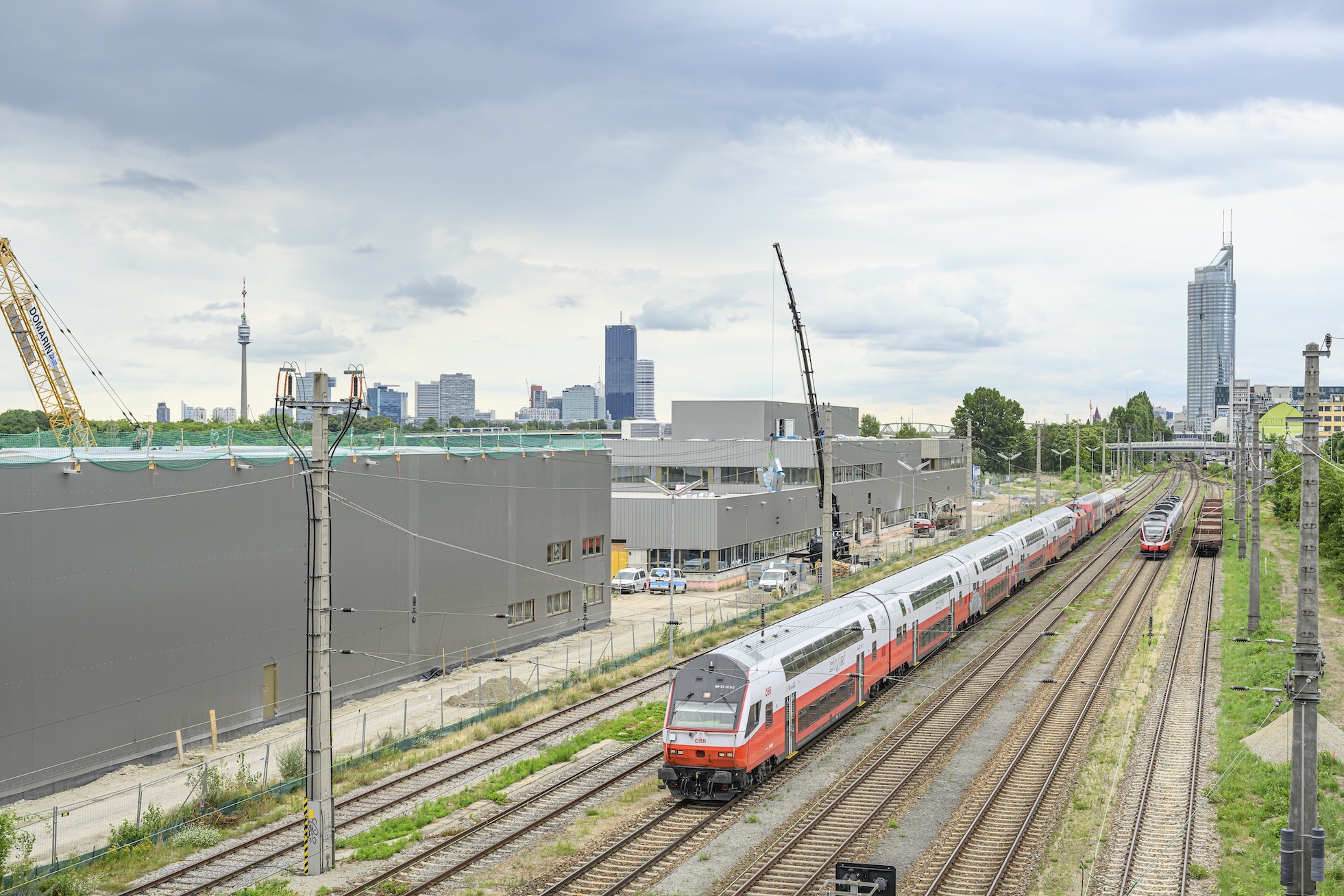“Since AI heavily relies on the analysis of data and images, we see the greatest potential in planning and preparation for execution. But AI also has a lot of potential in the documentation of construction progress and, derived from that, in creating the as-built documentation,” says Christian Lorenz.
Application in Existing Buildings
A challenge when dealing with existing buildings is often the lack of or incomplete and inaccurate digital documentation of the building. “To improve this, we have been using the method of 3D scanning for existing buildings for many years. This is particularly crucial in industrial settings, where many installations are visible and can therefore be digitally captured,” explains Lorenz. The point clouds generated and compiled in this process serve as the basis for creating digital 3D models of the building. “And this is where AI can be applied well, in the form of generating building elements based on point clouds. There are already some initial approaches and programs for this.”
Furthermore, AI can be used to generate modeling suggestions for areas that could only be partially captured during the 3D scan due to inaccessibility. These AI-generated modeling suggestions could significantly speed up the planning process and increase efficiency.
Applications of AI in Civil Engineering
AI can be used during the creation of the digital building model (Building Information Modeling, BIM) to further develop collision detection of building elements. Artificial Intelligence could automatically suggest solutions for detected collisions, which would save significant time. AI can also support the determination of costs for buildings during the planning phase by evaluating cost data from numerous completed projects, enabling predictive analytics.
During execution, AI can assist with quality control. AI can verify and document the correct and complete installation of building elements such as reinforcement steel or piping. It can also evaluate the required flatness of building elements based on 3D scans. “This capability already exists and is being tested by us in an ongoing project,” says Lorenz.
Another area of application is digital billing, where AI can generate digital measurements and thus create invoices based on 3D scans. AI can also help create as-built documentation. When a building is scanned multiple times during construction progress, AI can generate an as-built model from this data.
Advantages and Disadvantages of AI
AI can certainly work more efficiently and quickly to process large amounts of data and generate probabilistic analyses and suggestions. However, since it is based on probabilities, the correctness and accuracy of the results must still be carefully checked.
AI is only as good as the data it is fed and built upon. In the worst case, this means that poor input leads to poor output. AI also relies on probabilities. Therefore, the use of AI for static calculations and ensuring the load-bearing capacity of a construction based on probabilities is not feasible.
In general, AI is based on past information and attempts to reorganize it. The unknown is thus difficult to generate. For this reason, it is important for humans to continue to play a central role, particularly in creative and innovative processes.
AI lacks an essential human component: emotion. “The language of architecture is deeply emotionally driven. Therefore, there is still much room for humans and architects to express themselves,” concludes Lorenz. AI can support humans, but it cannot replace them when it comes to the emotional and creative design of architecture.



